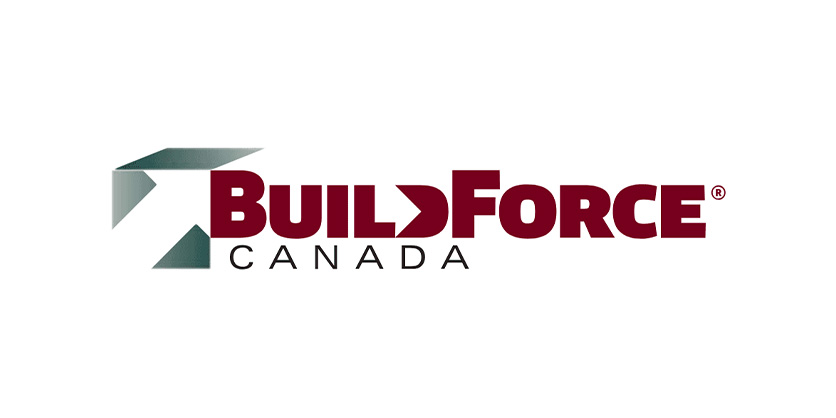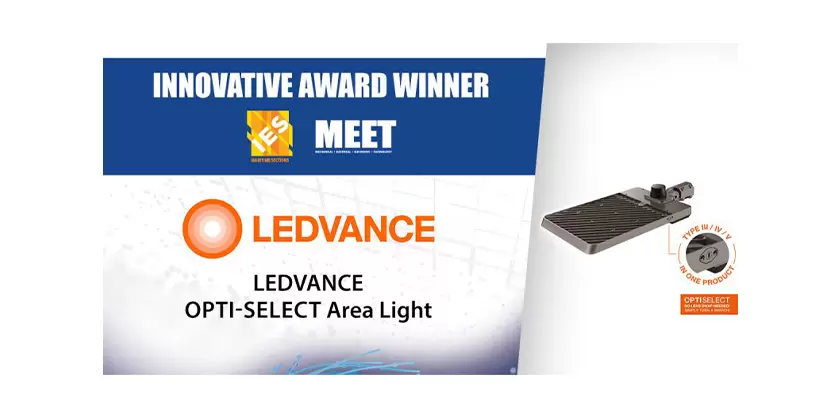Guide to the Canadian Electrical Code, Part 1 – A Road Map: Section 56

February 3, 2022
By William (Bill) Burr
The Code is a comprehensive document. Sometimes it can seem quite daunting to quickly find the information you need. This series of articles provides a guide to help users find their way through this critical document. This is not intended to replace the notes in Appendix B or the explanations of individual requirements contained in the CEC Handbook**, but will hopefully provide some help in navigating the Code.
Section 56 — Optical fiber cables
Rule 56-000 states that Section 56 is a supplementary or amendatory section of the code and applies to the installation of optical fiber cables in conjunction with all other electrical systems.
Rule 56-002 provides a special terminology definition for an Optical Fiber Cable – a cable consisting of one or more optical fibers that transmits modulated light for the purpose of control, signalling or communications.
Rule 56-102 outlines that there are 3 types of optical fiber cables:
- Non-conductive cables containing no metal other conductive materials.
- Conductive cables containing non-current carrying conductive material such as strength member, metal vapour barriers or metal sheaths or shields, and,
- Hybrid cables that contain both fiber optic and current carrying electrical conductors.
Rule 56-104 requires that optical fiber cables installed, within buildings, be approved types as listed in Table 19 and where installed outdoors be suitable for the location with respect to moisture, corrosive atmosphere, temperature, degree of enclosure and exposure to mechanical damage. Also note that OFNP, OFNR, OFNG, OFN, OFNH, OFCP, OFCR, OFCG, OFC, and OFCH have a minimum cable temperature rating of 60 °C. Where a cable is used in a greater temperature the rating must be marked on the cable.
Rule 56-106 states that, as per paragraph (a) in the Scope of the code, optical fiber installations, by a utility in its function as a utility, are not subject to inspection and acceptance by an inspector.
Rule 56-200 prohibits non-conductive optical fiber cables from occupying the same raceway, cabinet, panel, outlet box or similar enclosure with insulated conductors of electric lighting, power or Class I circuits, unless they are functionally associated, and the number and size of insulated conductors meet applicable requirements of the wiring method. For industrial establishments, where authorized persons supervise and maintain the installation, this prohibition may be waived.
Rule 56-202 permits conductive optical fiber cables to occupy the same raceway with conductors of a Class 2, communication or community antenna distribution and radio television circuits in accordance with Sections 16, 54, and 60. However, this rule prohibits conductive optical fiber cables occupying the same raceway, panel, cabinet or similar enclosure with lighting, power, or Class I circuits. Sub-clause (3) of this rule prohibits conductive optical fiber cables occupying the same cabinet, panel, outlet box, or similar enclosure housing the electrical terminals of a Class 2, communications, community antenna distribution, or radio and television circuit except where they are functionally associated, or factory assembled in the enclosure. In accordance with Section 10 all conductive non-current carrying parts of conductive optical cables shall be bonded to ground.
Rule 56-204 permits optical fiber cables to be incorporated in hybrid cables with electric lighting, power, or Class I circuits not exceeding 750 volts, or Class 2, communications, community antenna, or radio and television circuits conductors with associated functions. In every case, the hybrid cable is classed as per the type of insulated conductors in the cable and installed according to the rules for that type.
Rule 56-206 requires that where an optical fiber cable penetrates through a fire separation it shall be installed in accordance with Rule 2-128 to prevent fire spread.
Rule 56-208 requires optical fiber cables installed in a vertical shaft to be totally enclosed in non-combustible raceway unless they meet the flame spread requirements of the National Building Code of Canada or local building legislation for buildings of non-combustible construction (FT4). This requirement applies to hybrid cables, as well.
Rule 56-210 provides that optical fiber cables must not be installed in ducts or plenum chambers unless they meet the flame spread requirements of the National Building Code of Canada or local building legislation and the provision of Rule 12-010 – Wiring in ducts and plenum chambers.
Rule 56-212 requires that all raceways containing optical fiber cables must be installed in accordance with Section 12.
Rule 56-214 requires that where conductive optical fiber cables are exposed to lightning or accidental contact with lighting or power cables the metal parts must be bonded to ground at the point, as close as possible, to the point the cable enters the building.
In the next installment, we will be discussing Section 58 — Passenger ropeways and similar equipment.
Source: CSA C22.1:21, Canadian Electrical Code, Part 1 – Safety Standard for Electrical Installations. © 2021 Canadian Standards Association. Please visit store.csagroup.org. With the permission of CSA Group, material is reproduced from CSA Group standard CSA C22.1:21, Canadian Electrical Code, Part 1 – Safety Standard for Electrical Installations. This material is not the complete and official position of CSA Group on the referenced subject, which is represented solely by the Standard in its entirety. While use of the material has been authorized, CSA Group is not responsible for the manner in which the data are presented, nor for any representations and interpretations. No further reproduction is permitted. For more information or to purchase standard(s) from CSA Group, please visit store.csagroup.org or call 1-800-463-6727.
[1] William (Bill) Burr is an associate member of the Canadian Electrical Code, Part 1, Technical Committee and formerly Chair of the Canadian Advisory Council on Electrical Safety (CACES), Chief Electrical and Elevator Inspector for the Province of BC & the Northwest Territories, Director of Electrical and Gas Standards Development and Director of Conformity Assessment at CSA Group. Bill can be reached at Burr and Associates Consulting billburr@gmail.com


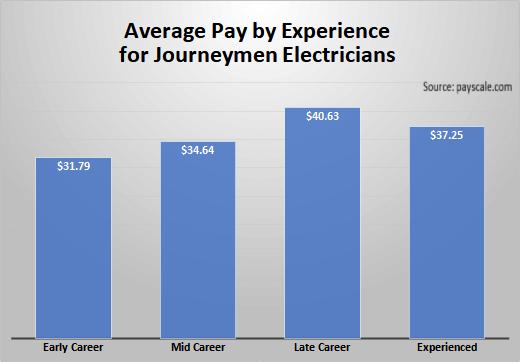




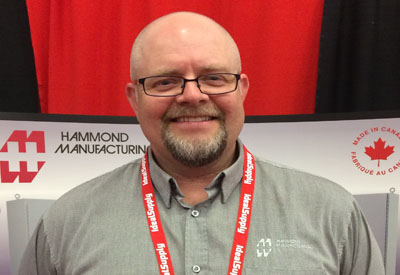
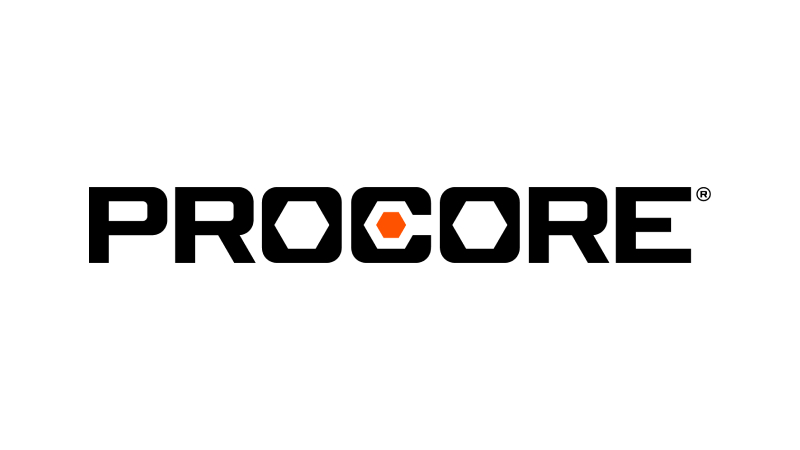
![Guide to the Canadian Electrical Code, Part 1[i], 26th Edition– A Road Map: Section 12](https://electricalindustry.ca/wp-content/uploads/2022/11/Guide-CE-Code-2.png)
